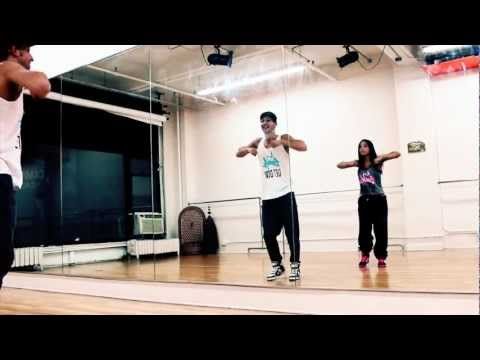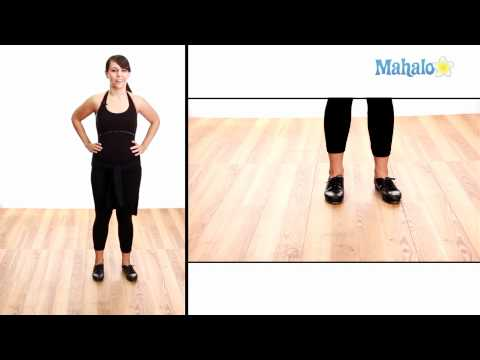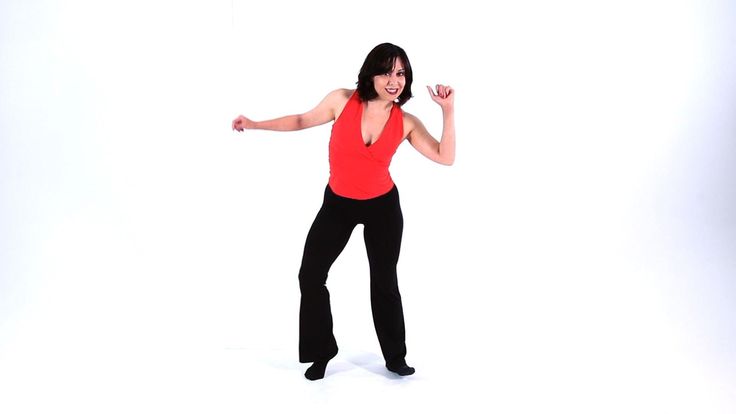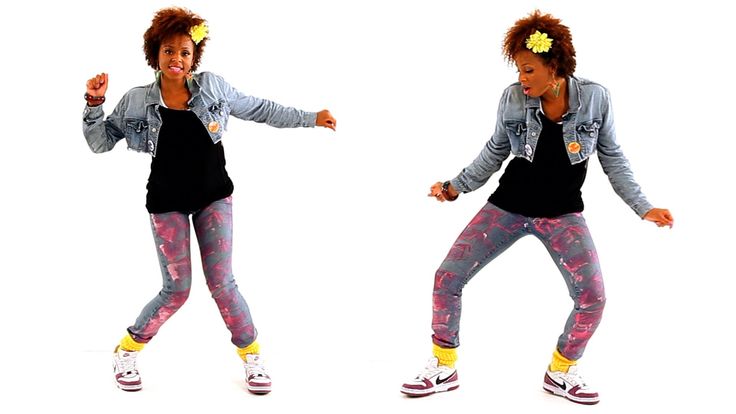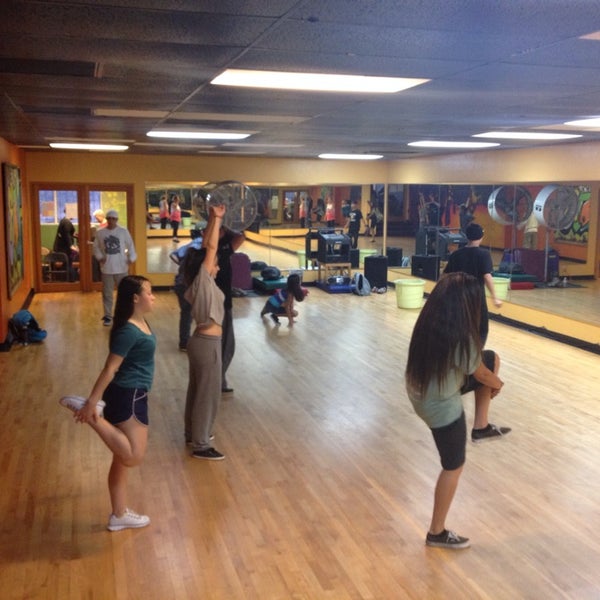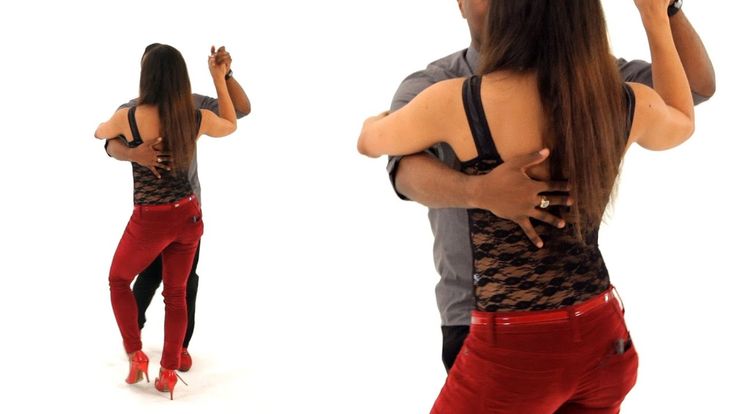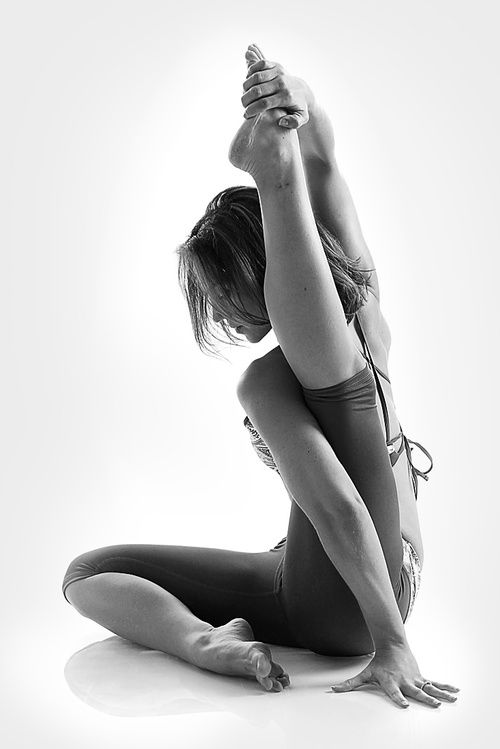How to remember dance choreography
5 Tips to Help You Remember Choreography
Have you been struggling to remember the moves in dance class? Are your auditions coming up?
Here are some tips to help you memorize choreography like a pro. No more freezing or falling behind!
5 Tips to Memorize Choreography
1. Chunking
Chunking is a memorization technique where you learn something in separate sections, then group the sections together at the end.
We use chunking to remember things like phone numbers, addresses, and even song lyrics.
For example, 678-999-8212 is much easier to memorize than 6789998212.
In your dance class or audition, the teacher will probably teach the routine sections already.
But you can chunk the moves into lengths that work for you, whether this means going 1 8-count combo at a time, or separating the piece into 2 halves.
Chunking is a great tool to help you memorize choreography, but sometimes, you can get stuck between those chunks.
It doesn't matter how well you know each chunk – you have to make sure you're connecting them together seamlessly.
2. Connect the chunks
There's a trick to connect those chunks that we talked about in this video:
Basically, always practice a few moves / counts before a chunk, and even after the chunk.
Although dance choreography is usually taught to 8-counts, the dance is performed to the sounds in music – which don't go by cleanly cut counts.
So don't start and stop your movements according to their chunks.
Blend by transitioning the moves in between them. Because the whole thing is really 1 dance! *cue Drake*
3. Use contexts in the song
As we mentioned in Tip #2, you dance to music.
The choreographer made the routine to music.
MUSIC.So, a good way to learn and memorize choreography is to follow... the music!
For example:
Let's say a song / piece goes through the flow of.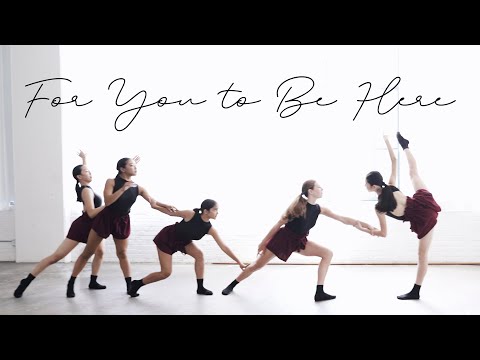 ..slow, melodic intro → UPBEAT, POWERFUL CHORUS → iNtRiCaTe beat kill-off to end
..slow, melodic intro → UPBEAT, POWERFUL CHORUS → iNtRiCaTe beat kill-off to end
You probably won't start finger-tutting in the first section or forget that you're supposed to do heavier movements in the middle.
We always tell you to listen to the music to catch musicality nuances, so you know what textures you should use.
But you should also listen to simply understand the arc of the song, and how that dictates the routine.
4. Make up your own "personal cues"
In our "What is an 8-count” video, we talked about how dancers use counts to map out their choreography.
Counts are a good skeleton to base your memorization off of, but the numbers don't actually provide a ton of information.
They keep track of the rhythm and quantitatively measure where you are in the piece, but they don't tell you how to dance.
So let's get more descriptive than the counts.
Use sounds or actions that you come up with yourself that will actually help you memorize the moves and how you should be executing them.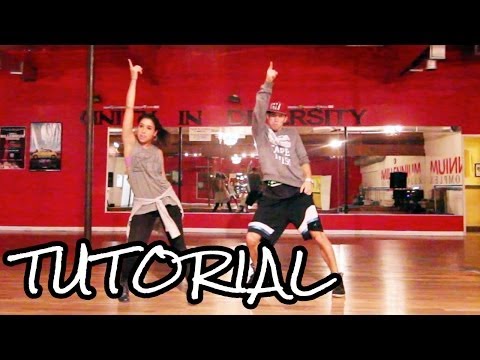
Here are 4 examples of personal cues that you can use:
1. Naming the moves
Count this out loud:
"1 and 2 and a 3 and 4"
Now, say this out loud:
"Right left push, turn around, look dip."
The latter gives you the same information as the first 8-count (tempo, when the movements take place) and it ALSO hints at the moves themselves!
I personally find this trick most helpful for footwork.
As I'm learning, I'll memorize choreography as:
"Kick ball change, and left and right. Right left right left right, out, together."
2. Snapping
Unlike naming the moves, snapping is more for your body to remember the moves.
I've seen people (Dezi Del Rosario does this a lot) use snaps to mark the points in the moves.
This really forces your body to get to that point while dancing, because you've conditioned it to snap in a certain position.
3. Breathing
Breathing is similar to snapping in that it'll train your body to memorize choreography – use it to remember to slow down or dial back the energy.
You know those pieces where there's a crazy fast combo, then you go into a chill groove???
That sudden drop in energy would look clumsy and out of place, if you didn't breathe through it.
Choreographers might even count that part of the choreography using breaths.
Use cues in your own breathing to memorize choreography parts that are more relaxed.
4. Using obscure sound effects
David Lee loves using whatever sound to mark his movements.
No matter how silly they sound 😂
When you use these personal cues, whether it's naming the moves, snapping, breathing, or making up sounds...
You’re building your own version of the piece that makes sense to you.
When you do this, the dance routine feels more natural and easy to remember.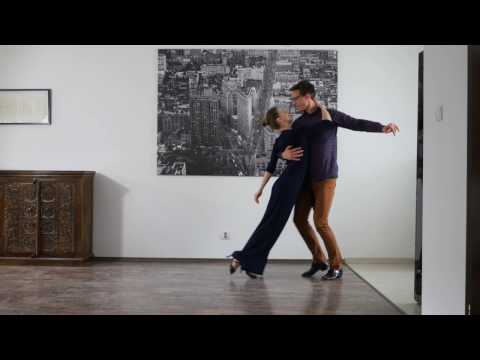
5. Drill the moves into your muscle memory
This is a simple tip, but so important that I MUST mention it!!!!
Repetition.
If you do something over and over again, then your body will start to do it on autopilot.
So drill a section of choreography 50 times if you need to. Heck, do it 100 times!
This way, even when you have a brain fart, your body can simply take over.
...
And into your visual memoryYes, doing the dance over and over will help your body memorize it.
But it can also be just as effective to watch it over and over, too.
Take a recording of the choreographer or teacher, or of yourself doing the piece, and let your eyes and mind absorb it.
Use all the tips we talked about in this article as you're watching the piece (not just while learning it).
For example, observe how the movements follow the music (Tip #3) or use counts, snaps, breaths, or noises that make sense for you (Tip #4).
Learning to memorize choreography will naturally get easier and easier with experience.
But if you want a quicker and more fool-proof way to remember choreography, put these 5 tips to practice!
Try them out in your next STEEZY Studio class. Sign up here to start for free.
7 Tips for Improving your Choreography Memory
From very early on, dancers are taught the importance of being able to learn choreography.
Learning the choreography is just as critical as building proper technique. Your ability to learn and remember will be crucial to your ability to dance.
Here are seven tips to help boost your memory and be able to learn and retaining choreography.
Recognize the patterns.
Dances and movements often have segments that appear in many moves or patterns that repeat. Once you recognize these, you can use them as helpful shortcuts and memory aids.
Seeing these patterns also means if something doesn’t fit the usual template, it will really stand out, making it easier to remember.
Find a dance buddy.
The first resource you should always use when learning and reviewing choreography is a fellow dancer.
They might not know exactly what your steps or spots are, but they can at least help you fill in the memory blanks you might be having. Reviewing together can help both of you understand and retain the choreography.
Mark your movement.
“Marking” is when you simulate movements with partial gestures. It’s a quick, easy way to mentally review, allowing you to get in some practice and repetition without having to do moves full out. You can do this while sitting or lying by just making micro-movements with your hands or feet, filling in the rest with your imagination.
[Hunger decreases your ability to focus during class. Check out this dancer’s snack list to avoid distracting hunger while learning choreography.]
Grab a notebook.
Write down your steps after learning new choreography. Always have a notebook in your dance bag with you. Spend time after class or rehearsal writing down steps, corrections, and notes. You can reference your notebook any time, and the notes will come in handy when you revisit.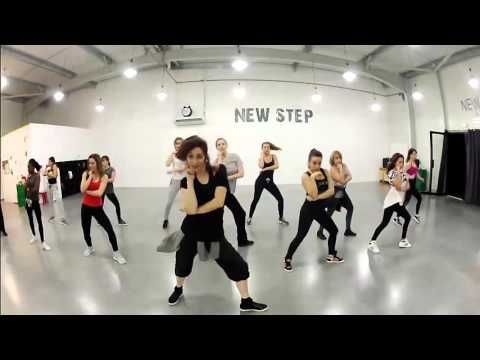
Absorb the music.
Ask the choreographer for a copy of the music. Listen to the music and visualize the choreography. Listen to the music on your commute while you’re making dinner or at the gym.
Review before bed.
Recent studies show that the best time to study information is before going to sleep. As you sleep, your short-term memory (events or information that you processed during that day) converts into your long-term memory (memories that stay with you longer than a few days).
By reviewing right before bed, the choreography is more likely to convert to your long-term memory, which means you’ll remember it better!
Create muscle memory.
The best way to learn and remember is through repetition. If you do something repeatedly, then your body will start to do it on autopilot. So, drill a section of choreography 50 times if you need to. The more you do it, the more you will imprint the move into your muscles and brain.
Learning to memorize choreography will naturally get easier with experience. But if you want a quicker and more fool-proof way to remember choreography, put these seven tips to practice. Try them at your next Evolution Dance class.
But if you want a quicker and more fool-proof way to remember choreography, put these seven tips to practice. Try them at your next Evolution Dance class.
For more dance tips and essential class information, be sure to follow our informative blog and on social media.
90,000 I want to go to dances, but the problem is very poorly remembered for the movement of
I want to go to dances, ...
ago
1
...
...
2
Aheads
43 answers
Last - Go to
#2
#3
#4
#5
#6 #6 #6 #6
#7
#8
#9,0003
Witch
22222 To work out the dance you have to practice for a very, very long time. don’t worry, I don’t have an ear for music at all, it’s hard for me to get in time, the rhythm of the music. But I'm an excellent dancer and often performed at various competitions before.
don’t worry, I don’t have an ear for music at all, it’s hard for me to get in time, the rhythm of the music. But I'm an excellent dancer and often performed at various competitions before.
#10
once at the screening a year ago, I just disgraced myself for myself: we were shown 3 eights, I was the only one out of 20 people who could not reproduce. I was accepted into a beginner group. I have been dancing for 2.5 years, 3 times a week, and only now I began to feel some progress. I began to remember faster. Moreover, many movements are often similar to each other, so it becomes easier, you can predict the next movement, as well as combine it yourself and get new eights.
And in a dance group of 10-20 people, there will definitely be people who have similar problems - so don't worry.
Also, our trainer very often gives us coordination exercises, which also help to develop muscle memory.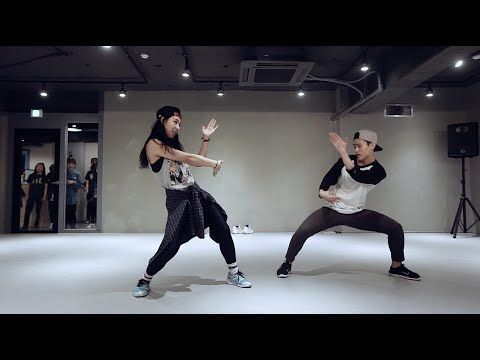 Well, the simplest thing: with the left hand we draw a triangle in the air, and with the right hand at the same time a square, or the hands make some movements, and the legs others.
Well, the simplest thing: with the left hand we draw a triangle in the air, and with the right hand at the same time a square, or the hands make some movements, and the legs others.
if you really have a desire to learn to dance - sign up - you won't regret it.
#11
#12
#13
#14
no it's not too late. Since groups are formed taking into account age and level of training.
#16
#17
I have 3 dance directions . . Ballet, East and Hip-Hop ..
. Ballet, East and Hip-Hop ..
and think about the movements I can’t remember at all (
well, in ballet and in the east, more or less, but Hip-Hop .. in general, tin. .it's all very fast..so I can't remember anything..
#18
I didn't do much dancing...and that's why my muscle memory is not very developed. ..
I work as a pj...with improvisation in the dance like normal...but I remember the last dances, and when I remember...it still takes time to do it all correctly and beautifully...other girls from work easily remember ... but I'm not (((Am I really that stupid ((???
#19
Although it is possible that you do not dance much.
#20
I train my memory - I learn links from videos) it seems to be a little better with my memory)
I really like to dance, but because I remember slowly complexes are added(
#22
Guest
Late 30? Average age probably 18-21?
it's not too late, trust me. Nothing, it's never too late)))) I'm 45, I'm into club dancing (GO-GO), I even managed to perform. But I really remember the movements very slowly, I have to take additional classes so as not to let the speakers down. Came here to fix my problem. Everyone remembers the movements quickly and is already working them out, but when I return home I can’t remember anything myself))) And the performances, it seems, will now be constant.
Nothing, it's never too late)))) I'm 45, I'm into club dancing (GO-GO), I even managed to perform. But I really remember the movements very slowly, I have to take additional classes so as not to let the speakers down. Came here to fix my problem. Everyone remembers the movements quickly and is already working them out, but when I return home I can’t remember anything myself))) And the performances, it seems, will now be constant.
#23
#24
#25
Experts Woman.ru
-
Maria Burlakova
Psychologist
120 answers
-
Maxim Sorokin
Practicing psychologist
649 responses
-
Nikita Nosov
Practicing psychologist
34 answers
-
Vera Vladimirovna Zolotykh
Psychologist
141 answers
-
Alla Buraya
Psychologist
45 answers
-
Galimov Ildar
Family psychologist
117 answers
-
Julia Lekomtseva
Cosmetologist
246 answers
-
Rogovtsova Natalia
Nutritionist, gastroenterologist
2 answers
-
Vyacheslav is rich
Certified practitioner.
 ..
.. 317 responses
-
Lyubov Petrovna Nidelko
Practicing psychologist
227 responses
#28
#29
9000 #30
#31
True Stories
-
I am infuriated by my husband with his children and grandchildren ...
485 answers
-
The man immediately warned that all property was recorded for children
577 answers
-
Such a salary - I do not want to do not want to work
388 answers
-
A lie 22 years long.
 How to destroy?
How to destroy? 705 answers
-
Husband left, 2 months of depression... How will you cope if you are left all alone?
163 answer
#32
#33
#36
Tape
I studied at home on my own from disks, I realized that it was difficult for me to remember the movements, I had to revise 10 times, repeat five times. And if you go to a group, no one will repeat that. What to do? How to develop muscle memory?
#37 9000 2017, 20:54
#41
#42
#43
Tape
studied at home, both at home on her own. on disks, I realized that it is difficult for me to remember the movements, I need to review it 10 times, repeat five times. And if you go to a group, no one will repeat that. What to do? How to develop muscle memory?
on disks, I realized that it is difficult for me to remember the movements, I need to review it 10 times, repeat five times. And if you go to a group, no one will repeat that. What to do? How to develop muscle memory?
New topics
-
Antidepressants, energy drinks
No answers
-
Depression. Inspiration gone, goals gone
No answers
-
clothing size
No answers
-
Women how do you feel about male creativity on the forum?
No answers
-
Vika-vika I Vika-Viktorija is this one person?
1 Answer
#45
#46
is familiar to ...
Girl same problem! Recently went to fitness dancing! But just some kind of tin! I can’t remember, sort of like, elementary ligaments, if you look from the side !!! True, I have been - a couple of times, so far.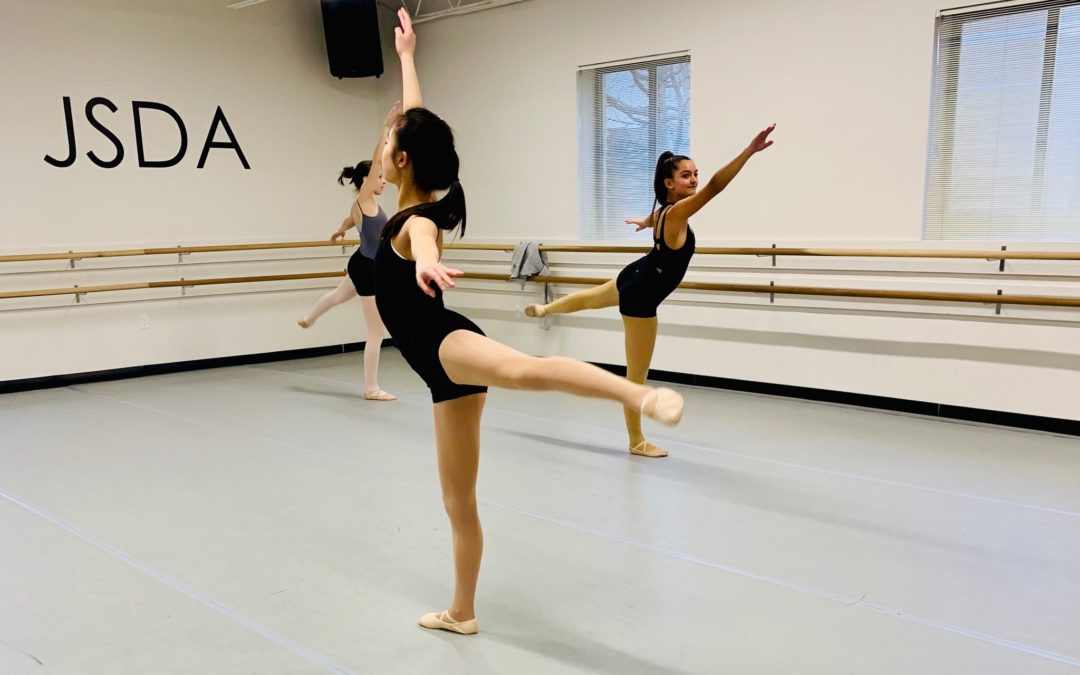 But in my opinion it doesn't matter. Clear coordination and memorization - either there from the very beginning, or not, and appears through exhausting training of the body and memory. Stupidity has nothing to do with it. Although, I will not hide, the teacher herself is sometimes in shock) She wants the whole group to dance - as one! Only, some - months of movement repeat, and some - brand new ones come. It is clear that everyone has "their own level" and, in mastering the "new" is the same. People are all different! More from school! Some solve the problem in a minute, but with errors. Others - in 10 minutes, but correctly. Some only draw, while others only sing. And try to put the artist behind the keys! Simply, with age, the level of claims increases, both to oneself and to the environment. And, of course, it's not a secret for anyone that many are understanding, while others simply BRIGHT AGAINST THOSE WHO MAKE MISTAKES! It certainly plays into their hands (psychologically). In general, my opinion.
But in my opinion it doesn't matter. Clear coordination and memorization - either there from the very beginning, or not, and appears through exhausting training of the body and memory. Stupidity has nothing to do with it. Although, I will not hide, the teacher herself is sometimes in shock) She wants the whole group to dance - as one! Only, some - months of movement repeat, and some - brand new ones come. It is clear that everyone has "their own level" and, in mastering the "new" is the same. People are all different! More from school! Some solve the problem in a minute, but with errors. Others - in 10 minutes, but correctly. Some only draw, while others only sing. And try to put the artist behind the keys! Simply, with age, the level of claims increases, both to oneself and to the environment. And, of course, it's not a secret for anyone that many are understanding, while others simply BRIGHT AGAINST THOSE WHO MAKE MISTAKES! It certainly plays into their hands (psychologically). In general, my opinion. It is necessary to go to the dance studio AT ANY AGE (if you want to learn how to dance). Since, in FITNESS CENTERS, there are no groups - by levels. All in one pile! And those who have been dancing for a year, and those who came yesterday (catch up!). If we take into account the fact that there are STILL PROBLEMS WITH QUICK MEMORY AND WORKING out of movements, then this generally seems like an impossible mission. They also look askance at me) And I feel like a BLONDE myself (may they forgive me). But I really love to dance.... This is my dream since childhood! Therefore, POFI!!!!! AS WE CAN .... SO WE DANCE!!!!!! HEAD UP AND ALL TO THE GARDEN! Everyone and everything .... in this life - its time! Good luck everyone! :)
It is necessary to go to the dance studio AT ANY AGE (if you want to learn how to dance). Since, in FITNESS CENTERS, there are no groups - by levels. All in one pile! And those who have been dancing for a year, and those who came yesterday (catch up!). If we take into account the fact that there are STILL PROBLEMS WITH QUICK MEMORY AND WORKING out of movements, then this generally seems like an impossible mission. They also look askance at me) And I feel like a BLONDE myself (may they forgive me). But I really love to dance.... This is my dream since childhood! Therefore, POFI!!!!! AS WE CAN .... SO WE DANCE!!!!!! HEAD UP AND ALL TO THE GARDEN! Everyone and everything .... in this life - its time! Good luck everyone! :)
#47
#40
Late?
Guest
Average age probably 18-21?
#49
Guest
Is 30 late? Average age probably 18-21?
Attention
#50
Guest
Well, that's how everything looks like! But is there probably some kind of technique for people like us ?;
Back
1
. ..
..
...
2
Next
Next Topic Myths and reality. Let's share our experience.
482 Answer
Previous Topic
-
Lighting on Mirimanova
343 Answer
Memory Training for the Art1
Article Mark Van Schuyver leads examples. The methods of memorizing the material, which are described below, can be used in teaching any dance, in particular, ballroom dancing.
______________________________________
After eleven years of West Coast swing dancing, I have learned countless moves and quite a lot of footwork. And I got worried when my wife Donna, who is also a practicing family doctor, said to me, "Why don't you ever make the moves that we did before?" When I asked her what movements she was talking about, she replied, “Well, I don't know. You are the leader. We used to do a bunch of good moves. Maybe I should check your brains for organic damage? They often cause memory loss. "
"
Naturally, I tried to impress her with some of the new things I learned in the dance workshop. "This is not new." She laughed. "Yes, we've done this a thousand times, remember." I said I didn't remember we did this before and showed her another move that I had learned at a famous event. “Well, that too is as old as the world. You definitely need to check your head."
The next day I took a sheet of paper and drew a table with six columns, which I headed in groups corresponding to everything that I had learned to dance. I started filling in the table. After a while, I already had almost a hundred names. And all this came right out of my head, I did not use any literature, any videotapes. I took the sheet to my wife and proudly presented it. "Wow!" - she said. "But why don't you ever dance all this?"
This real drama happened about a year ago. Like many leaders, I have trouble maintaining a repertoire of dance moves. Literally, I can hardly remember what I know. The number of moves I know is far, far greater than the number of moves I can remember and perform while dancing. What is wrong with me? Am I sick in the head?
What is wrong with me? Am I sick in the head?
Actually, there is nothing unusual about my condition.
Memory expert Tony Buzan writes: "There is no bad memory, only untrained memory." Indeed, I was able to remember the material, I simply cannot “call” it at the right moment. In other words, it's all in my brain, but I don't know where or how to extract it. To make Donna a little happier and to have more fun dancing myself, I started using the following mnemonic techniques to help me remember the moves. If you, too, are having difficulty remembering, these techniques will definitely help you.
The Mechanics of Recall
Moving a new experience from short-term memory to long-term memory requires frequent recall and practice. According to Buzan, in order to retain something in memory, for optimal results, we must repeat the material in the following sequence:
1) repeat ten minutes after the lesson;
2) twenty-four hours after the lesson;
3) a week after the lesson;
4) one month after the lesson;
5) six months after the lesson;
6) if necessary in the future.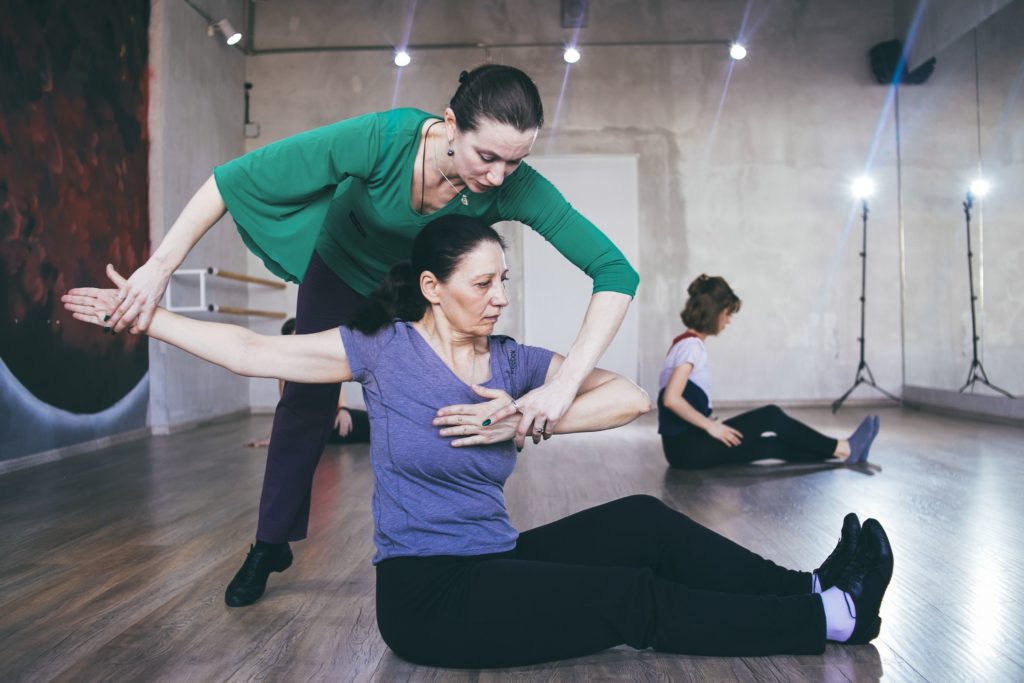
Of course, such a scheme of repetition is sufficient for a new word or some idea, but it seems to me that even more diligence is required for dance material.
Buzan's recollection calendar is based on studies that show that learned material, if it is not repeated, is forgotten so much that after two days only 10 percent of it remains. As applied to dance, this means that two days after learning a new combination or a new movement, if they are not repeated during the first day, there will be practically nothing left of the material in our memory.
Mnemonics
According to Tony Buzan and other experts in mnemonics, people think in pictures. It is much easier to remember the image of a flower than its name. So it's much easier to remember the "rose" dance combination than the "reverse whip with a double whirl" combination*.
Imagine, for example, that you have just mastered a new combination. Straight whip with three continuous twists in the closed position.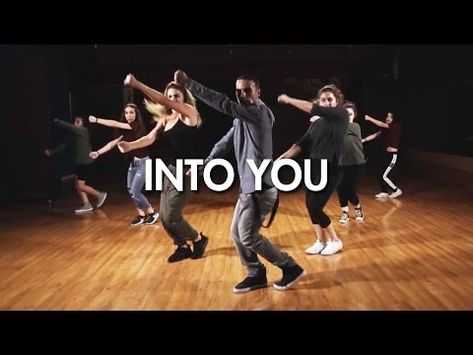 Looks like a little tornado on the dance floor. Name the combination "tornado" and it will be much harder for you to forget it.
Looks like a little tornado on the dance floor. Name the combination "tornado" and it will be much harder for you to forget it.
If your teacher does not name combinations, or if he or she uses technical nomenclature, take the initiative. Give each combination a name that you can easily remember. Use words like pretzel, bullet, racing car, splash, top. Anything in your mind evokes an image associated with the combination. The name doesn't have to match exactly. The mnemonic is only used to give your memory a spark. She will light the fire herself. The movement called "swan" does not oblige you to dive to the floor. On the contrary, it can be a very light, elegant hand gesture.
Existing and new memory
In adults, all new memory is attached to the existing one. You can see evidence of this in everyday speech. Someone says: "I have a gray cat." And you remember your striped Alice. "My gray cat has kittens." Do you think that when you were a child, your striped Alice calved as many as eight. And so on, all the new memory is connected, connected with the existing memory. The more memories we have, the more we can remember. Thus, the more we learn, the more we can learn.
And so on, all the new memory is connected, connected with the existing memory. The more memories we have, the more we can remember. Thus, the more we learn, the more we can learn.
Try to apply this to learning dance material. Link similar. Learn three new endings for an old combination. Learn five new ways to play the side pass. Remember badi rap and come up with five movements for it. Every time you train one thing, train everything related to it along with it.
Linking movements
Competing dancers set their dance material to the song. Every movement is planned, every beat of the music counts. A minimum of three minutes of consecutive material. The partners train together until the new material is absorbed into their bodies. When the song plays, the music makes them move in the pattern they have learned.
In many martial arts, successive series of movements are practiced so that students can better master the technique. These bundles join together and form a kind of natural flow. At each level of his development, the student is faced with the need to memorize and hone new and increasingly complex combinations. After some time, a martial arts student already knows dozens of martial techniques. To remember them, he needs training.
At each level of his development, the student is faced with the need to memorize and hone new and increasingly complex combinations. After some time, a martial arts student already knows dozens of martial techniques. To remember them, he needs training.
Even if you are not competing, for better recall you should work with regular partners to link the dance material. Pair some old moves with many new ones, turn them into a production number. And then train him. This material will be deposited in your memory forever. You can create several numbers, each containing at least three minutes of new, varied material. If you add up these three numbers, you get over a hundred perfectly learned moves!
Taking notes
The excellent dance teacher Skippy Blair has developed a way in which she can write down any dance on paper, and then a few days later take a piece of paper and completely recreate the dance material. This is a very advanced form of note-taking.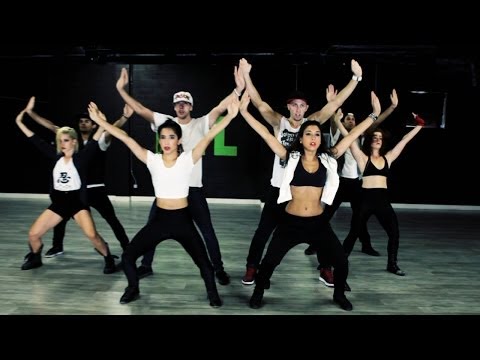
You should write down in a notebook every new movement, every new combination that you meet on the dance path.
And from time to time you should film yourself. Very slowly, with a partner or alone, do each new movement, each new combination, and film it all from different angles. Be sure to write down the name of the studied material and in general everything that will allow you to remember it later.
Teaching
There is no better way to learn something than to teach it. If you can't find anyone to let you teach him, use your imagination. Imagine that you are teaching. Voice and demonstrate every detail of the combination or movement. This imaginary teaching will help move the material into long-term memory. In addition, by teaching dance in this way, you will identify areas of your own insecurity. And you will find that there is a need to return to the teacher for clarification.
Perhaps teaching is the most powerful way to improve memory.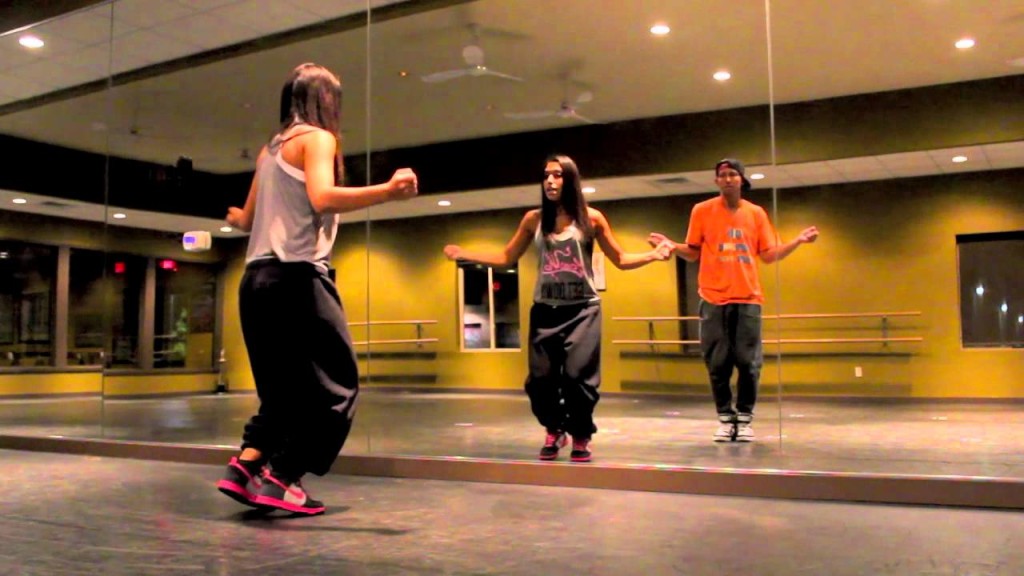 Try to teach someone else the first day after learning new material.
Try to teach someone else the first day after learning new material.
Partner's memory
According to the generally accepted opinion, in a pair dance, the followers do not need to memorize material. I often hear students complain that they have nothing to do while teaching combinations. They say they can't train because they can't lead, and the leaders forget very quickly after class. Valuable observation.
However, I believe that the followers can take a very active part in the memorization process. With the help of the mentioned techniques, they can give signals of the memory of the leader. If, for example, the follower remembers the name of a specific combination and the group of movements that is attached to it, and connects a new combination with another similar combination, she may well tell her partner by word or gesture that he forgot. It is easier for followers to memorize combinations when they are connected to each other and form a dance number.